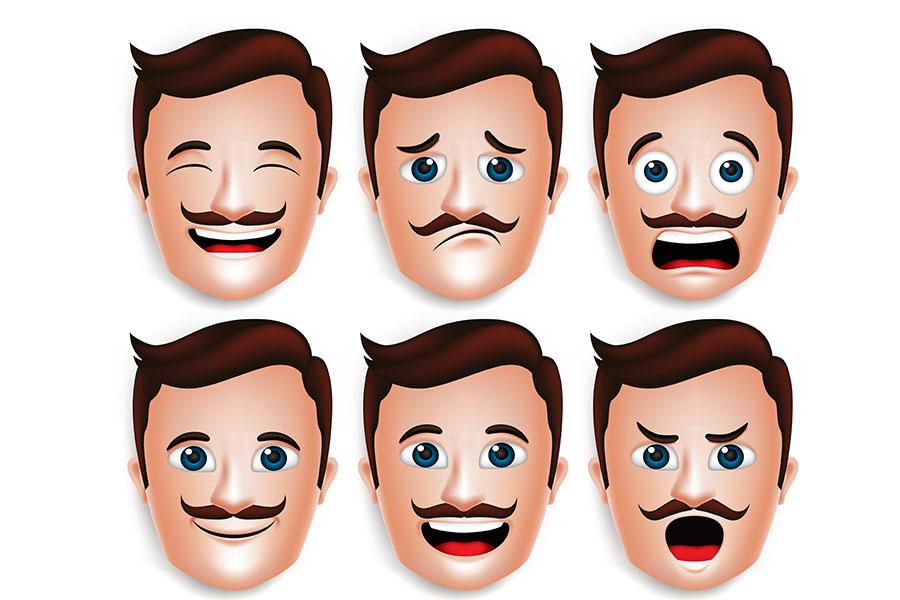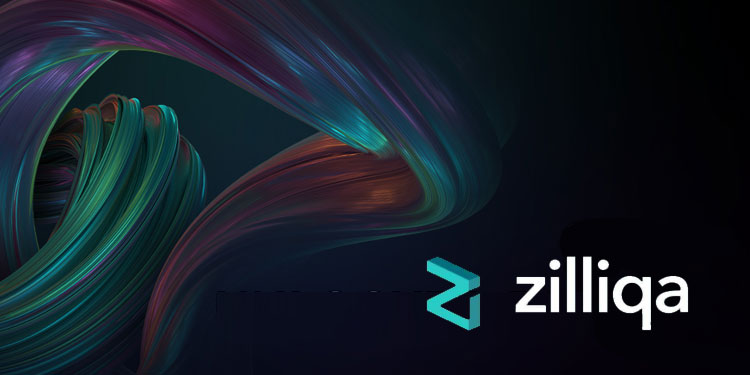Web 3.0, Blockchain to add $ 1.1 trillion to India’s GDP by 2032

/>
Those of us who search carefully on the Internet will be aware of the latest buzzword that catches everyone’s eye – Web 3.0 and terms such as crypto, metaverse and NFT. Built on decentralization, increased utility and privacy for users facilitated by digital contracts over peer-to-peer networks, without games from Big Tech, Web 3.0 is the next phase of the Internet ecosystem that will transform the future of the digital revolution. In fact, according to a report released in December 2021, Web 3.0 and blockchain could add a staggering $ 1.1 trillion to India’s GDP by 2032.
Ahead of the 75th anniversary of India’s independence, let’s look at how Web 3.0 will be crucial to India’s economic growth.
The nimble new boy on the block–Web 3.0
Some believe that the term Web 3.0 originated in 2006, introduced by John Markoff of the New York Times. He referred to a potential third-generation Internet-based services that would constitute “the intelligent network. ‘ Some other sections believe the term was coined in 2014 by Gavin Wood, Ethereum’s co-founder. Web 3.0, also known as Semantic Web for a long time, is built on three key pillars –
1) Blockchain that enables ‘decentralization’, 2) artificial intelligence (AI) and machine learning (ML) that help sort data intelligently to offer the best choices to a user, and
3) The Internet of Things (IoT), which adds interoperability, connects the Internet to smart devices in homes and workplaces.
Add to this the often talked about elements such as Virtual Reality (VR) and Augmented Reality (AR), the potential for metaverse and digital assets such as NFTs, and we have a future that is gradually more exciting than the present, with a bag full of possibilities.
Move to a “smart” future
According to FICCI-EY’s 2022 report on the media and entertainment industry, avatars and virtual lives will become more widespread in India. By 2025, India is estimated to have over 50 million avatars in the metaverse, which opens up an incredible virtual trading opportunity. Overall, the widespread use of Web 3.0 will bring three critical things into the wake. The most important shift we see is the relationship that is shared between brands and consumers. Web 3.0’s deep technology stack will help brands create effective customer journeys. For example, AR technology, along with geolocation to generate 3D maps, will help consumers find businesses more easily. The Semantic Web, Web 3.0’s first avatar, is probably why we have a digital power boom in the world today.
Add to this the ability to have 3D versions of your favorite characters jump off the screen while watching your long-awaited program or playing the latest version of your game. In fact, according to this same FICCI-EY report, metaverse will be crucial in reinforcing niche sports – enabling trials and building sticky. Not just sports, the innovations of Web 3.0 can disrupt many an industry and create or destroy many a brand. Even in our personal lives, imagine the comfort of having automated homes, workplaces and public spaces due to the power of connected devices and IoT. The possibilities are endless.
The next limit
When it comes to blockchain and the inherent ‘decentralization’ it brings, Web 3.0 gives control back into the hands of consumers and communities in many ways. In a potential ‘world without cookies’, brands will no longer be the sole custodian of user data. They must share control with consumers themselves. Blockchain is unlikely to be hacked due to end-to-end encryption, which means increased data protection for users and minimal chances of cyber security threats. Both of these will also make consumers more eager to visit websites. Brands can therefore use models that encourage users to participate in recommendations and campaigns. And combined with advanced experience technology such as AR / VR / XR, consumers will have an increased sensory experience and interaction every time. In the process, brands will be able to achieve increased engagement with consumers, and thus drive the brands’ stickiness and loyalty.
Non-fungible tokens
To continue, transactions with digital assets, non-fungible tokens or NFTs will be another key aspect that will see a huge growth spurt in the future. By nature, NFTs cannot be transmitted within networks – a crucial fact that drives the metaverse. Companies will work to create their own “flywheels” that offer a diversified portfolio of offers to the public, drive new registrations and add sticky to the D2C revenue model, extend the life and nature of the customer relationship. For example, luxury brands have been known to market virtual versions of products to consumers within gaming universes, so that they can buy said products practically before they appear in the real world. What a wonderful way to spread awareness about a brand offering and build excitement even before launch. From digital art to ticket sales, music, collectibles, luxury items and games, NFTs have the power to transform the way we interact.
In fact, according to the report quoted above, “Most of the $ 1.1 trillion in total economic growth over the next 11 years may come from associated digital asset-related businesses that have not yet been invented. According to the findings, the rate of use of digital assets is growing (as reflected by accounts opened on centralized cryptocurrency exchanges) almost twice as fast as the Internet. NFTs are estimated to grow to a market of $ 1 trillion or more. The government’s blockchain projects are estimated to drive close to $ 0.1 billion of GDP to India by 2021. , and raise $ 5.1 billion in 2032. Digital identity could contribute an additional $ 8.2 billion to India’s GDP in 2032.
It took the internet only 7.5 years to go from around 100 million users to one billion users. A smart, connected and intelligent future will hopefully not take us too long either.
The author is the founder and CEO of JetSynthesys Pvt. Ltd.
The thoughts and opinions shared here are from the author.
Check out our subscription discounts at the end of the season with a Moneycontrol pro subscription for free. Use code EOSO2021. Click here for details.


























